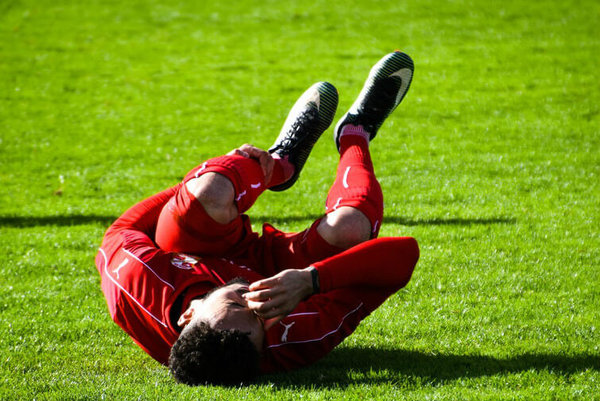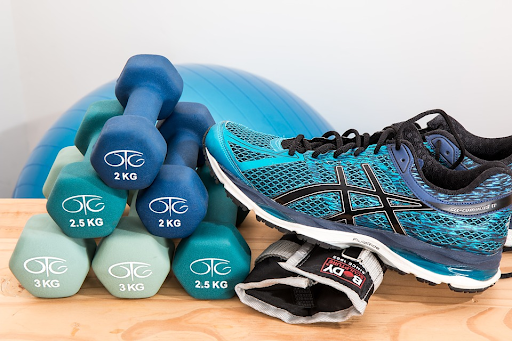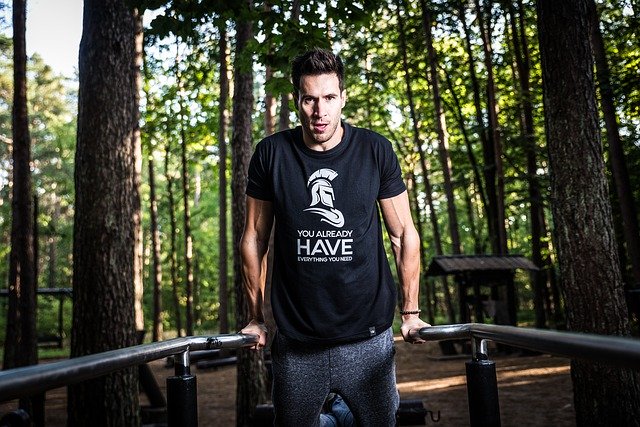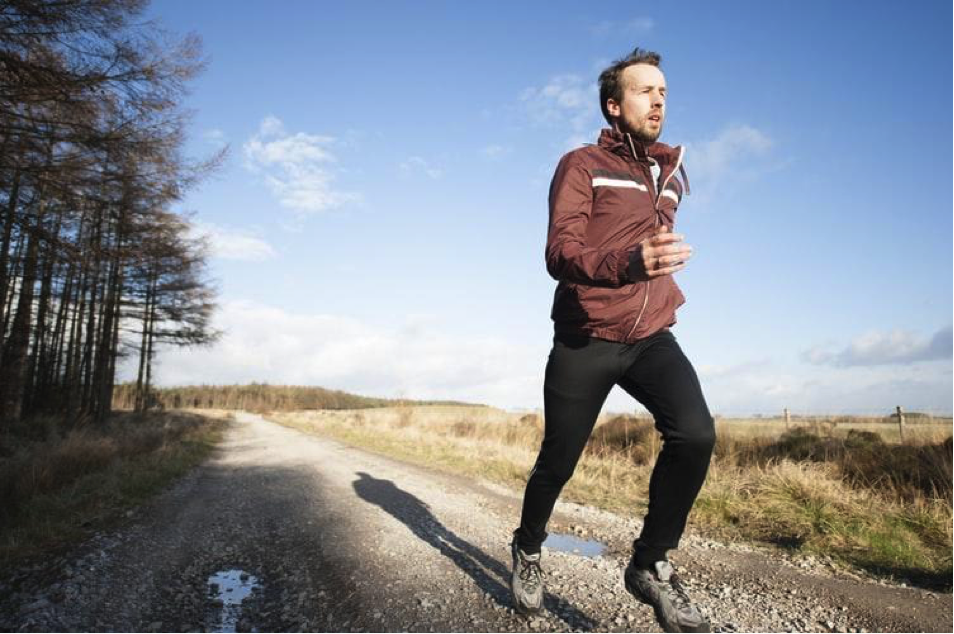
“I love spending time on the injured reserve list,” said no athlete ever. It’s frustrating to imagine, and whether or not you owe your livelihood to a sport, the thought of sitting on the sidelines is a grim one. No one wants to waste half the season on the bench because they broke a bone or tore a ligament. So what are some of the most common sports injuries? More importantly, how can you spend less time with an icepack on your knee and more time getting the gold?
Here are seven injuries that athletes frequently experience and a few tips on how to avoid them.
1. Overuse Injuries
If practicing five hours per week improves your performance, working out for 10 hours is more effective, right? Not necessarily. Working out too much can lead to overuse injuries that keep you sidelined for weeks or longer.
In rare cases, working out too hard can lead to a sometimes-fatal condition known as rhabdomyolysis, which destroys your muscle fibres. All exercise creates tears in your muscles, but when you push too hard, the fibres dissolve. This process releases potassium and other electrolytes into your bloodstream, which can cause kidney and heart failure.
How often should you exercise? While you’ll no doubt hit the gym harder before game day, keep your workouts to one hour or less most of the time. Research indicates that runners who log approximately 19 miles weekly reap substantial health benefits. However, those who run 25 or more miles weekly have health risks similar to those seen in sedentary individuals.
2. Broken Bones
A broken bone can puncture the skin but often requires an X-ray to see. If you suspect this has happened, seek emergency care immediately. As for the most common fractures that occur, the upper arm is particular susceptible to injury. People often use the area to brace themselves when falling or suffering a different impact.
Feet are also subject to fractures as well, which makes sense since they contain 25% of our bones. These are also some of the most deceptive breaks, as you may still be able to walk despite the pain. Concerning the healing process, you may or may not need a cast depending on the location of the break.
You can buddy tape a cracked finger or toe to the one next to it. If you break a larger bone, you’ll need to keep the limb immobilized and keep weight off it until it heals.

3. Knee Injuries
Knee injuries plague many athletes, and not only those who regularly pound the pavement. If you dance, frequent twisting can tweak this delicate joint. If you play sports like basketball, on-the-court injuries can lead to incapacitation. Over 20% of all athletes experience a knee injury during their careers.
To prevent injuring this joint, wear appropriate padding when you hit the field or court. If you participate in activities that require twisting, wear a pair of gliders over your sneakers to make turning on hard surfaces more comfortable. Take the time to stretch your quadriceps and hamstrings after every workout.
4. Strains and Sprains
A sprain refers to the stretching or tearing of ligaments — the thick bands of fibres that hold your bones together. A strain occurs when you injure a tendon, the tissue connecting your muscles to your bones. Both can leave you sidelined and in pain.
The two injuries share many similarities, including treatment protocol. Follow the acronym RICE, which stands for rest, ice, compression and elevation. Stop any activity for at least 24-48 hours after the initial injury. Elevate the hurt limb above the level of your heart and apply an ice pack to alleviate swelling. You can pick up inexpensive braces at major drug stores to keep the area immobilized.
5. Rotator Cuff Injuries
If you play softball or volleyball, you continually elevate your arms over your head. You reach and you stretch, and occasionally, things tear. As you grow older, you’ll notice your shoulders feel sore more often.
To prevent shoulder injuries, stretch well after every workout. Try to maintain good posture by adjusting your work desk to fit your height. Practice shoulder rolls and the eagle arms pose in yoga to release tension.

6. Concussions
Did you know 10% of all contact athletes endure concussions every year? Athletes who sustain one such injury run a higher risk of experiencing another. Concussions can have long-term health consequences, including headaches and migraines.
In severe cases, blows to the head can result in coma or death — so seek medical care if you sustain such an injury. Always wear a helmet when playing contact sports.
7. Dehydration
Working out means sweating, and this process increases the risk of dehydration. Keep a water bottle with you and sip regularly throughout your workout.
Avoid dangerous practices like trying to make weight for wrestling by embarking on crash diets. Your body needs water to function at its peak. When you become dehydrated, you lose focus, making injuries more likely.
Preventing The Most Common Sports Injuries
You can avoid many common sports injuries by using the proper equipment and exercising in moderation. Most of all, listen to your body. Instead of adhering to “no pain, no gain,” stop when you feel sore, and go on to play another day.













